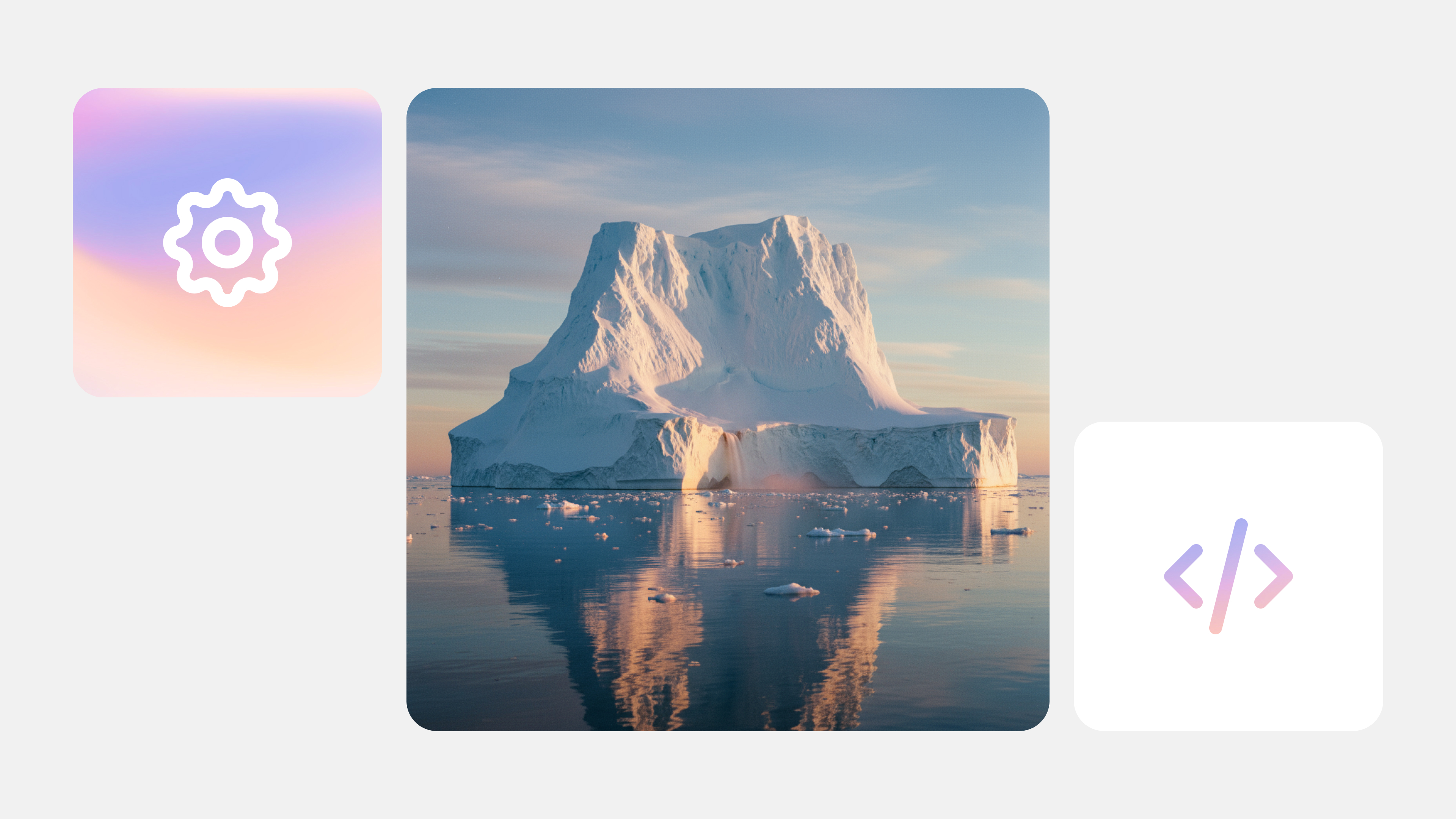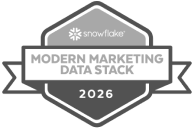Data versioning has become essential for modern data teams seeking reproducibility, reliability, and governance in their data operations. As data lakes grow in complexity and machine learning workflows demand greater experimental rigor, the right versioning tool can mean the difference between chaos and control. Here's a comprehensive look at the leading data versioning solutions in 2025.
1. Apache Iceberg
What is Apache Iceberg:
Apache Iceberg has emerged as the dominant open table format with robust versioning capabilities built in. Originally developed at Netflix, Iceberg provides snapshot isolation and time travel features that allow teams to query data as it existed at any point in time. The format's metadata layer tracks all changes to tables, making it possible to roll back to previous states or audit data lineage.
Why is Apache Iceberg different:
What sets Iceberg apart is its broad ecosystem support. Major cloud providers and data platforms have rallied around Iceberg, making it a safe bet for organizations investing in long-term data infrastructure. The format handles schema evolution gracefully, supports hidden partitioning, and provides partition evolution without rewriting data.
Who is Apache Iceberg for:
Iceberg works well with popular query engines including Spark, Trino, Flink, and Dremio. For teams already invested in these technologies, Iceberg represents a natural choice that doesn't mean rethinking their entire stack.
2. Delta Lake
What is Delta Lake:
Delta Lake brings ACID transactions and time travel to data lakes with a particularly strong Databricks integration (relevant if you're in the Databricks ecosystem). The format combines versioning capabilities with optimization features like Z-ordering and liquid clustering.
Why is Delta Lake different:
Delta Lake's versioning allows you to query previous versions of tables using simple syntax, audit data changes over time, and roll back mistakes. The format maintains a transaction log that serves as a single source of truth for all changes which is a win for both data quality and compliance requirements.
Who is Delta Lake for:
For teams heavily invested in Databricks or seeking a commercial support relationship, Delta Lake offers enterprise features including change data feed, deletion vectors, and photon-accelerated queries. The recent open sourcing of Delta Lake specifications has also improved interoperability with other engines.
3. Apache Hudi
What is Apache Hudi:
Apache Hudi (Hadoop Upserts Deletes and Incrementals) excels at managing continuously changing data with its focus on incremental processing. Originally built at Uber, Hudi provides record-level versioning with efficient upserts and deletes—critical for streaming data pipelines and CDC (Change Data Capture) workflows.
Why is Hudi different:
Hudi's timeline concept tracks all actions performed on a dataset, creating a comprehensive audit trail. The platform supports two storage types: Copy-on-Write for read-heavy workloads and Merge-on-Read for write-heavy scenarios, giving teams flexibility based on their access patterns.
Who is Hudi for:
Where Hudi particularly shines is in near-real-time data lakes. Its incremental processing capabilities allow downstream consumers to process only changed records rather than entire datasets, dramatically reducing processing costs and latency. Hudi is definitely compelling for teams building streaming analytics or maintaining slowly changing dimensions.
4. Project Nessie
What is Project Nessie:
Project Nessie takes a different approach by providing Git-like semantics specifically for data catalogs. This Apache project allows data teams to create branches, merge changes, and manage multiple isolated environments using familiar version control concepts.
Why is Project Nessie different:
Nessie works particularly well with Apache Iceberg, where Nessie handles catalog-level versioning while Iceberg manages table-level snapshots. This architecture enables data teams to experiment with schema changes, test new pipelines, or validate data quality in isolated branches before promoting to production.
Who is Project Nessie for:
The tool supports multi-table transactions, allowing atomic commits across multiple datasets which is particularly useful for maintaining consistency in complex data warehouses. Project Nessie benefits teams wanting to bring software engineering practices to data management without overhauling their entire Apache infrastructure.
5. DVC
What is DVC:
Data Version Control (DVC) approaches versioning from the machine learning perspective. Built as an extension to Git, DVC tracks large datasets and model files while maintaining experiment metadata in standard Git repositories. This tight integration makes it natural for ML teams already using Git for code.
Why is DVC different:
DVC excels at experiment tracking and reproducibility. Data scientists can version datasets, track model training runs, compare experiments, and reproduce results across different environments. The tool integrates with various storage backends including S3, Azure, and Google Cloud, while keeping Git repositories lightweight by storing only metadata.
Who is DVC for?
For ML-focused teams, DVC pairs well with tools like MLflow or Weights & Biases for a complete MLOps stack. Its pipeline feature can define and version entire ML workflows, ensuring that model training is reproducible from raw data through to production deployment.
Choosing the Right Tool
Selecting a data versioning solution depends on your specific needs:
Choose Iceberg if you want broad ecosystem support and enterprise-grade reliability with a format that's becoming an industry standard.
Choose Delta Lake if you're invested in Databricks or need tight integration between versioning, optimization, and query performance.
Choose Hudi if you're managing streaming data, need efficient upserts and deletes, or require near-real-time incremental processing.
Choose Nessie if you want Git-like workflows for your data catalog and plan to use it with Iceberg for comprehensive versioning.
Choose DVC if your primary use case is ML experimentation and you want versioning that integrates naturally with your existing Git workflows.
The data versioning landscape continues to mature rapidly. Many organizations find success using multiple tools in combination—Iceberg for core data lake tables, DVC for ML experiments, and cloud-native services for governance. The key is understanding your team's workflows, existing infrastructure, and specific versioning requirements before committing to a solution.
How data teams ensure effective data governance with Secoda
Secoda enables data governance at scale by unifying versioned, distributed data into a single, governed environment where lineage, access, and quality are continuously tracked. While tools like Apache Iceberg, Delta Lake, and Apache Hudi focus on versioning data at the storage or table level, Secoda complements these technologies by providing the organizational layer that ensures compliance, discoverability, and accountability across the entire data ecosystem. It automatically documents datasets and pipelines, maps lineage between sources and transformations, and enforces access policies that scale with growing data teams. Secoda connects to diverse storage and catalog systems including Iceberg-based data lakes or Delta tables and centralizes metadata and governance controls. With Secoda, data teams move faster and get more done without compromising on security or regulatory standards.
Try Secoda today and explore how Secoda AI can help your team automate documentation, streamline governance, and unlock the full potential of your data.






.png)









